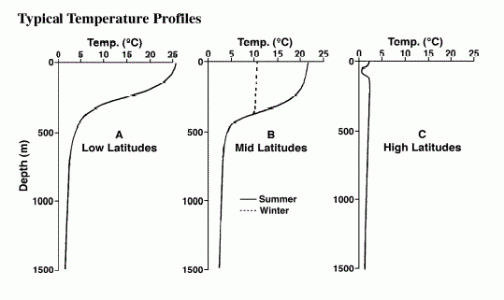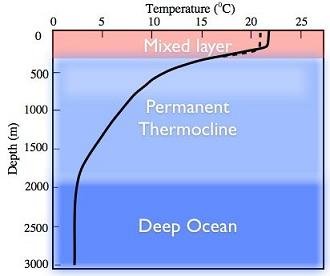This may not apply in your situation but my ventralis were very content in their original qt for over 6 months at 20-22c. I did this because some of the fish were under 2cm TL, and also because of what a local collector who has collected them in different parts of the Pacific, recommended.
This batch were Australian, freshly collected from the coral sea, but some were very reluctant to feed properly. The first thing he asked was what temperature they were in. as soon as I lowered it from 25C the feeding started in earnest and they were nowhere near as hyperactive. He maintains the local ones are collected at 30-40m but this isn't their preferred environment. At any rate in that region the temperature according to dive logs was 23c.
YMMV as I notice a lot of the overseas ones are also larger than ours...I don't know where yours originated or the environment in which they were caught. Aside from local ones the only other vents I have kept were from Vanuatu, which behaved differently but presumably were caught in similar temperatures.
HTH and Good luck with whatever you decide to do.
:wave:


